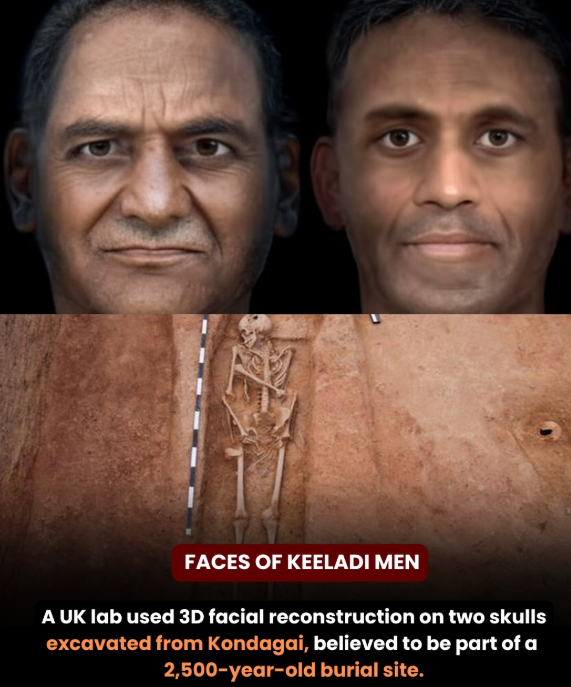PREVIOUS
Ancient Keeladi Faces
July 3 , 2025
177 days
686
0
- For the first time in South India, the researchers have reconstructed faces from 2,500-year-old skulls found near Keeladi, Sivagangai District.
- The effort was led by the Madurai Kamaraj University and Liverpool John Moores University.
- The skulls were excavated from the Kondagai burial site, around 800 metres from Keeladi.
- CT scans were used to digitally rebuild the upper parts of the skulls; the missing jawbones were estimated using standard orthodontic methods.
- The facial features reflect South Indian, West Eurasian, and Austro-Asiatic traits.
- Tissue depth data from modern South Indians helped recreate muscles, skin, and fat layers.
- A photo database was used to estimate skin, hair, and eye colours.
- The DNA from burial urns is now being studied with Harvard University to trace genetic ancestry and migration patterns.
- Keeladi's timeline is dated from the 6th century BCE to the 2nd century CE.
- This timeline remains under discussion between the Tamil Nadu archaeology department and the Archaeological Survey of India (ASI).

Leave a Reply
Your Comment is awaiting moderation.


